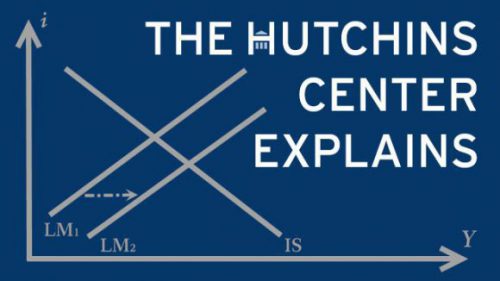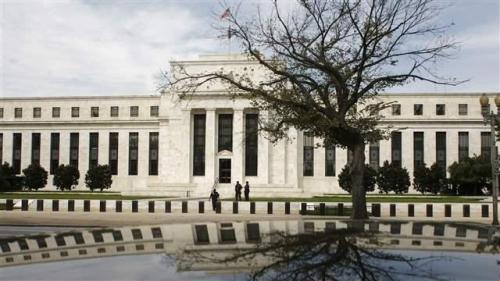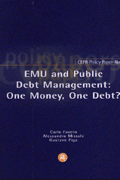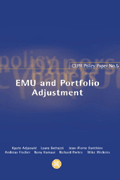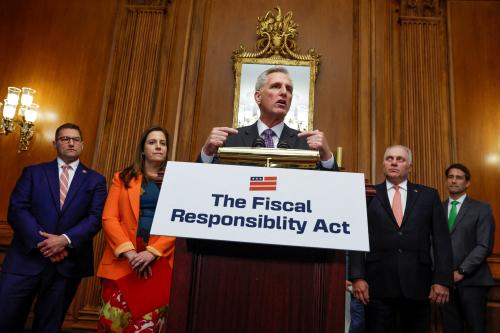As a monetary policy tool, negative rates have a long way to go. Negative interest rates are not popular with the public in countries where they have been tried and that will limit their usefulness as a tool of monetary policy, says Jean-Pierre Danthine, former vice president of the Swiss National Bank.
Does a “zero lower bound” still exist?
In a Hutchins Center working paper (PDF), Mr. Danthine, now president of the Paris School of Economics, asks whether the advent of negative central-bank policy rates in Switzerland, Denmark, the euro-zone, and Japan means that there is no longer a “zero lower bound.”
He concludes that rates can go about “one inch” lower than economists previously thought; Switzerland and Denmark are at minus 0.75 percent. But, he added, it’s unlikely that rates can go much lower than that without provoking a surge in hoarding of paper currency.
Two unfavorable solutions
The only way to avoid that undesirable outcome would be either to abolish paper currency altogether or to impose a penalty on people who choose to hold paper currency instead of electronic cash.
Neither of those approaches is likely to be adopted in a democracy, especially if ordinary savers confront negative rates — that is, if banks charge fees rather than pay interest to put money in an account.
Taking a lesson from Switzerland
There is one option for which the Swiss experience may be a prelude. In Switzerland, negative rates are largely seen in the money and bond markets; banks aren’t imposing negative rates on savers or borrowers. A central bank could impose a fee on wholesale cash transactions between the central bank and cash handlers (to discourage cash hoarding on a massive scale), but structure the fee so that most retail bank customers aren’t affected (perhaps requiring that banks pay interest on accounts under a certain threshold.)
A major drawback of this approach, though, is that it dilutes the economic oomph of negative interest rates. It may suit small open economies looking to restore an appropriate interest differential but not large economic areas in search of a monetary stimulus. In the latter case, monetary and fiscal authorities would need to rely on other tools.



